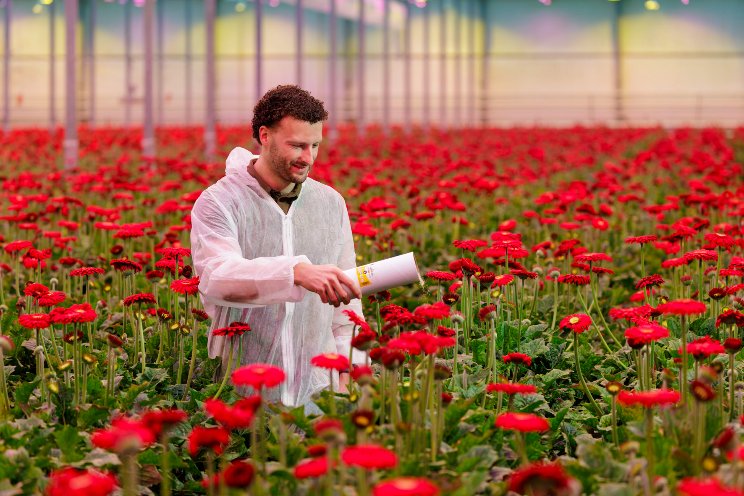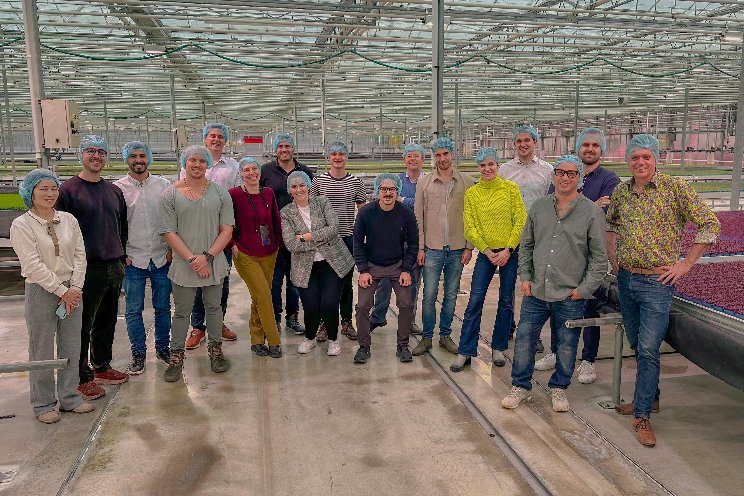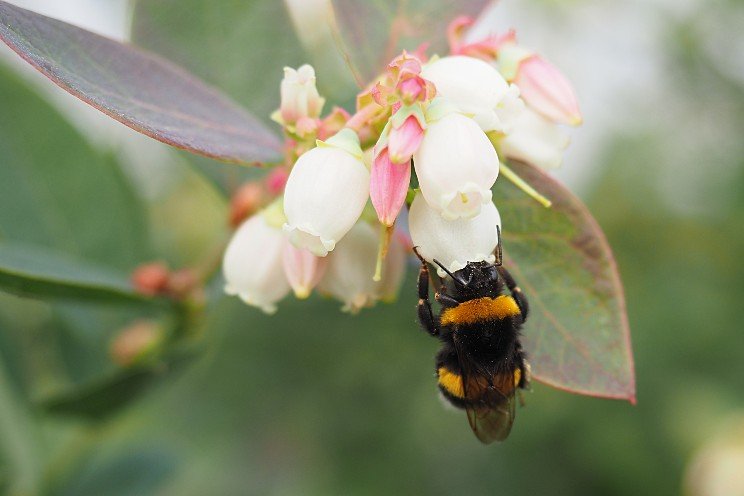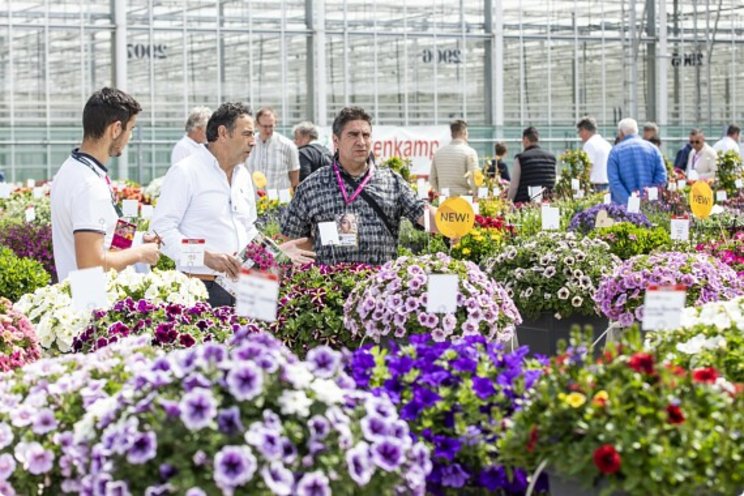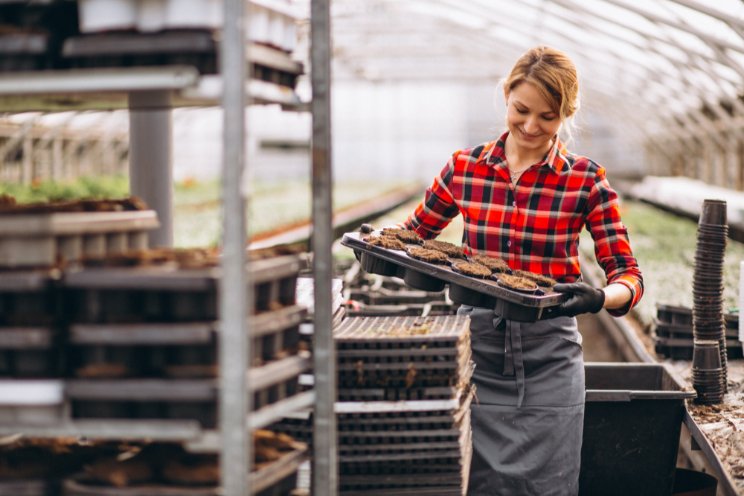New study reveals soil health benefits of regenerative agri
Added on 18 January 2024

The study compares soil health, crop production, greenhouse gas emissions, and profit of different farming systems across seven 12m x 40m plots.
Some of the plots were ploughed and power harrowed, while others underwent minimal cultivation using non-inversion, shallow cultivation.
Cover cropping, living mulches, manures, livestock integration, and herbal leys have also been utilised as part of the trial.
Data were collected by state-of-the-art soil stations created by Estonian ag-tech company Paul-Tech, which take real-time readings of nutrient availability, soil water levels and soil temperature at depths of 8cm and 20cm.
Each plot received three treatments of nitrogen throughout the trial, with nutrient and water availability measured at both depths after each application.
The stations revealed that the trial plots which had minimal cultivation held more nutrients and water around the root zone for longer than plots that had been ploughed.
As a result, the minimal cultivated plots recorded a significantly larger nutrient release after fertilisation and higher nutrient availability at the 8cm mark compared to the ploughed plots, and nutrients were held around the rootzone for longer.
Image by azerbaijan_stockers on Freepik
More news
